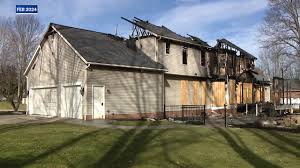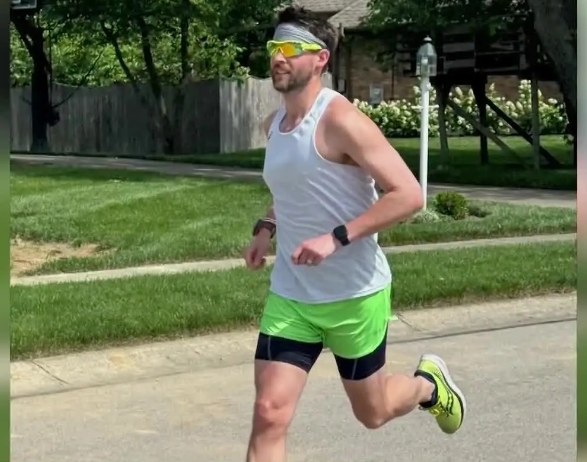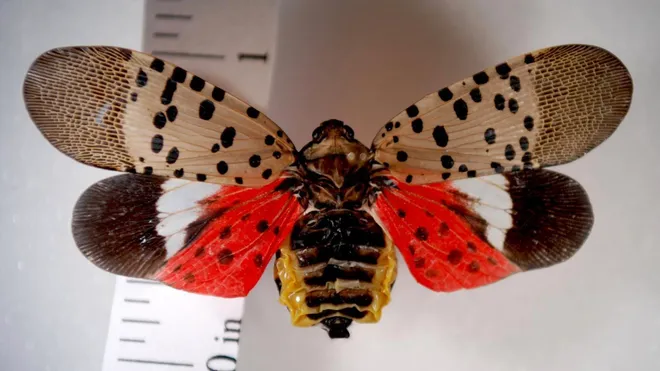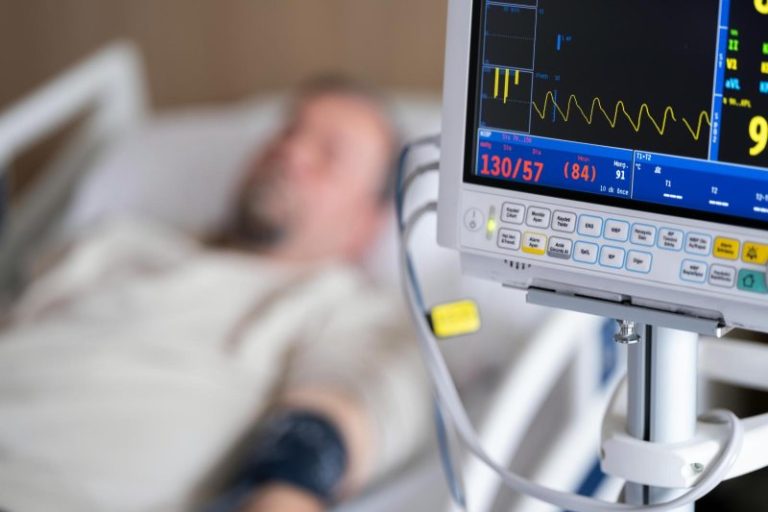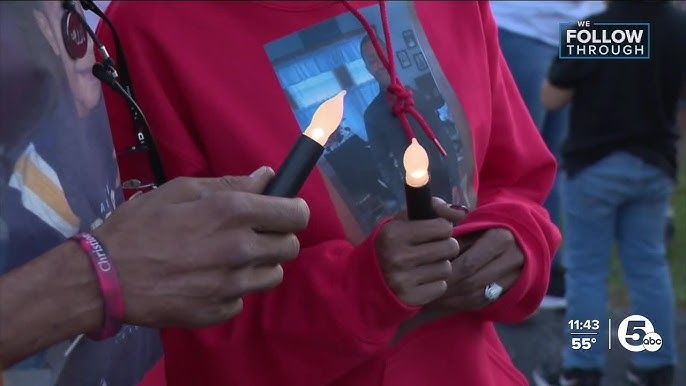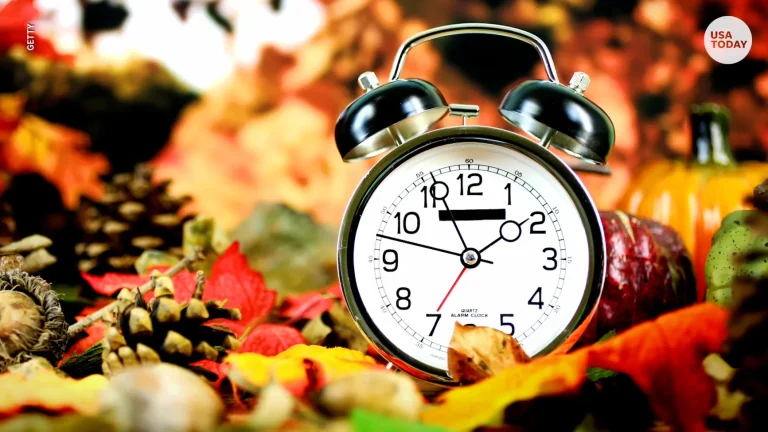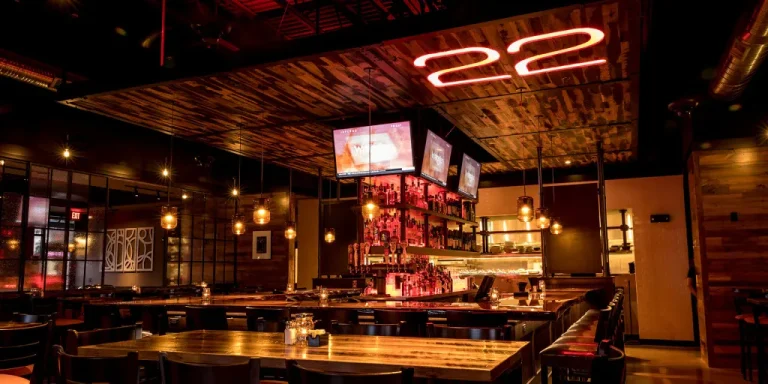Hudson Fire Department’s Volunteer System Under Review After Family’s Tragic Fire
After a devastating fire destroyed their home in January, the D’Eramo family has made it their mission to prevent others from facing a similar tragedy.
Matt D’Eramo recalls the harrowing moment on Sunday, Jan. 7, when he and his family returned home to find their house engulfed in flames. “We were just pulling into the driveway when our world was shattered by the sound of smoke alarms and the flames that followed,” D’Eramo said.
The first fire truck arrived 12 minutes after their call for help, but by then, the fire had already spread uncontrollably. D’Eramo explained, “Yes, the fire truck showed up in 12 minutes, but that doesn’t mean there was water on the house in 12 minutes. All I know is our home was lost because it took 12 minutes. Would it have made a difference if they arrived sooner? I would think so.”
The Hudson Fire Department, which serves the community, consists of 36 firefighters—six full-time, two part-time, and 28 paid, on-call volunteers. However, when the fire broke out that evening, the department was relying on volunteers, as the station was not staffed full-time.
According to the city’s Fire/EMS Staffing & Facility Needs Study, response times are longer during non-staffed hours, with the first fire apparatus typically arriving three to six minutes later than during staffed hours. This delay is due to the time it takes for volunteers to receive the call, gear up, and reach the station before heading to the scene.
D’Eramo, while understanding the constraints, can’t help but wonder how much of his home and belongings might have been salvaged if response times had been faster. The city of Hudson has hired a consultant to evaluate the current staffing model and consider alternative options for future fire and EMS needs. The consultant is expected to present recommendations to the city council, and D’Eramo plans to attend, hoping to see support for change.
Hudson’s current volunteer-based fire department model is in contrast to neighboring communities, which have either full-time or hybrid models. D’Eramo believes Hudson’s outdated volunteer model contributed to the loss of his home. However, he’s not demanding an immediate overhaul, rather proposing a gradual transition toward a more modern, hybrid model that combines full-time staff with volunteer support.
The city, in response, maintains that Hudson is a safe city, pointing to its low number of significant residential fires over the past decade as evidence that the current system works. The city attributes the low fire incidence rate to factors such as well-constructed homes and widespread use of smoke detectors.
While D’Eramo acknowledges Hudson’s overall safety, he hopes the city will begin to modernize its fire department, saying, “Our hope is that they really take action to bring our fire department into the modern age and create a hybrid model with full-time staff available 24/7 while still leveraging the dedication of volunteers.”
The city’s survey on fire department staffing will close on Nov. 15, and D’Eramo is hopeful that it leads to meaningful change to better protect the community in the future.
